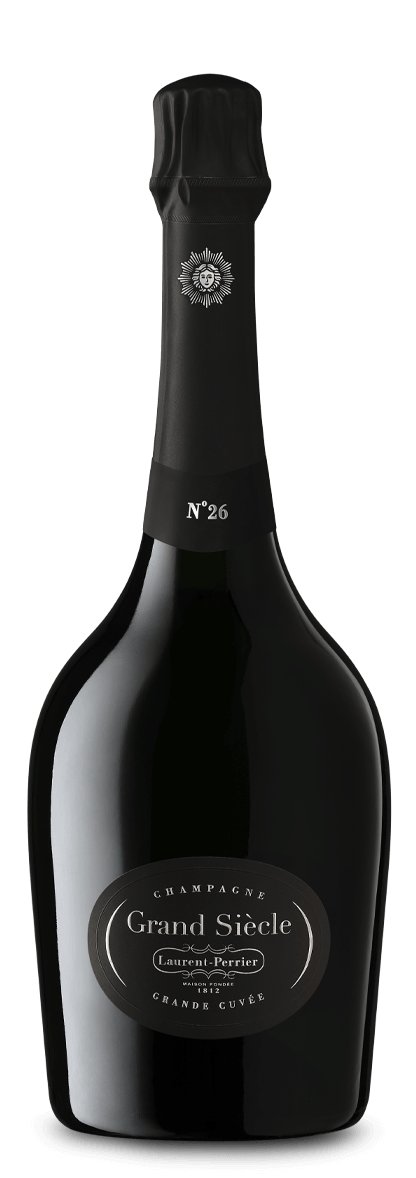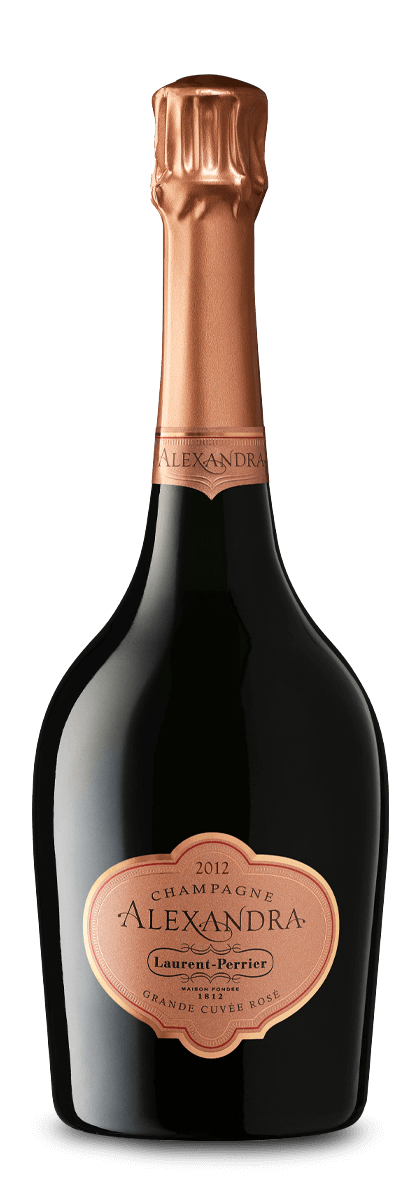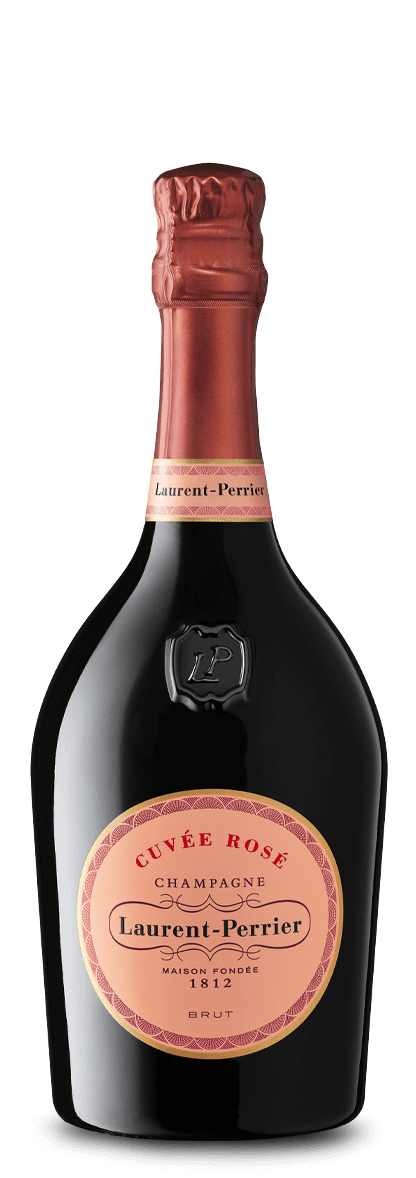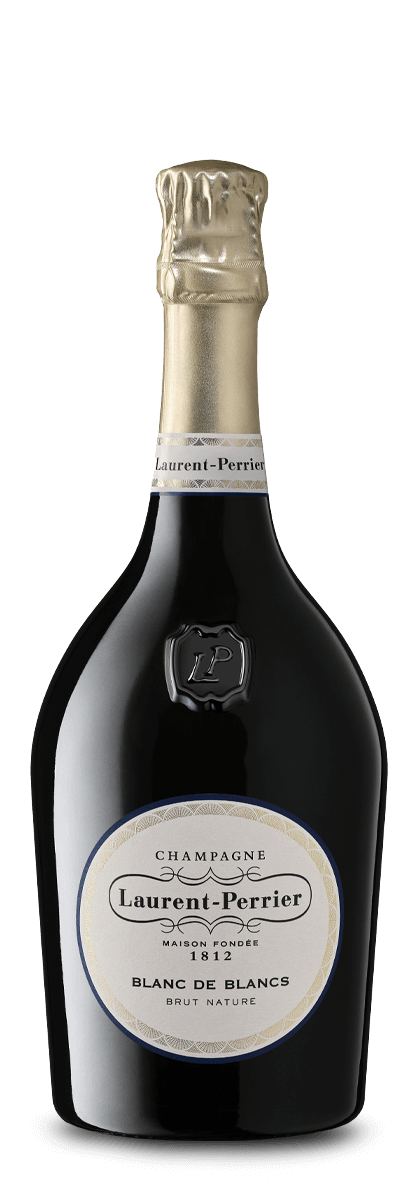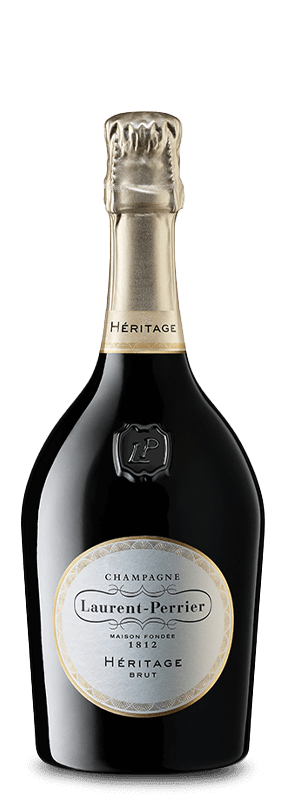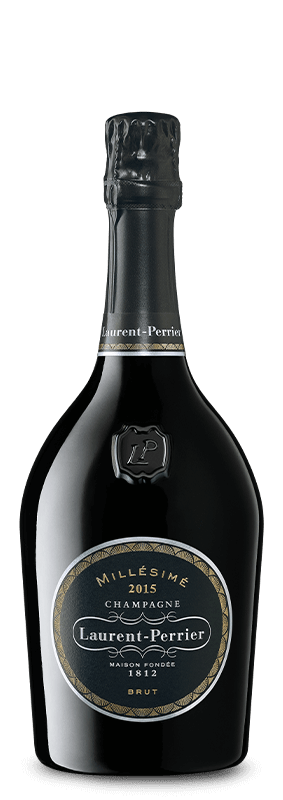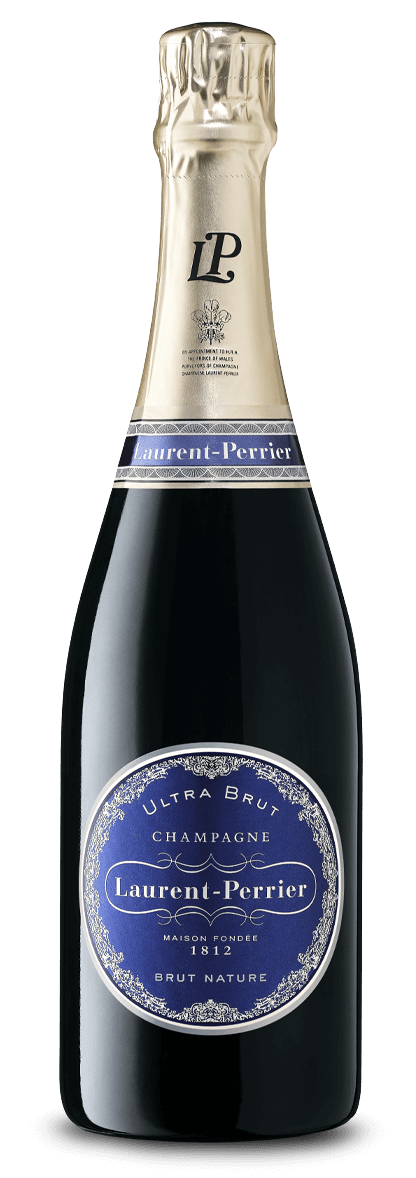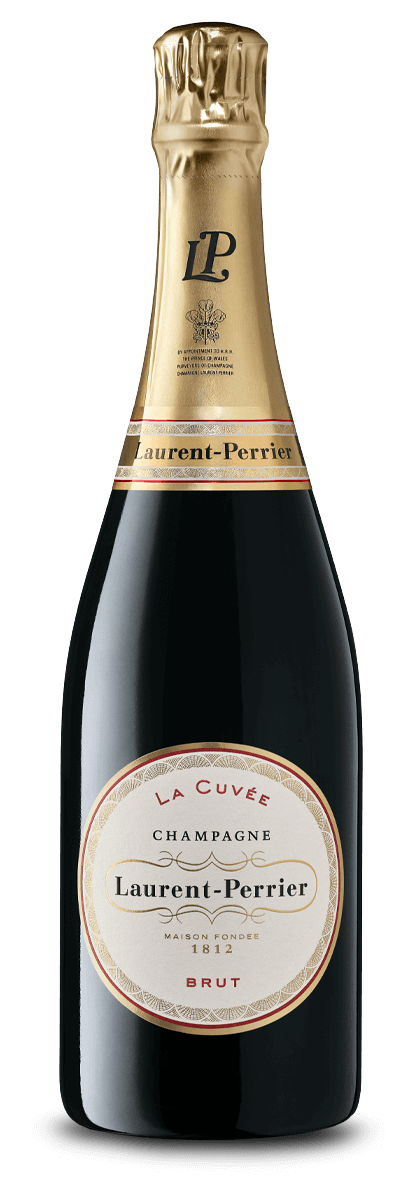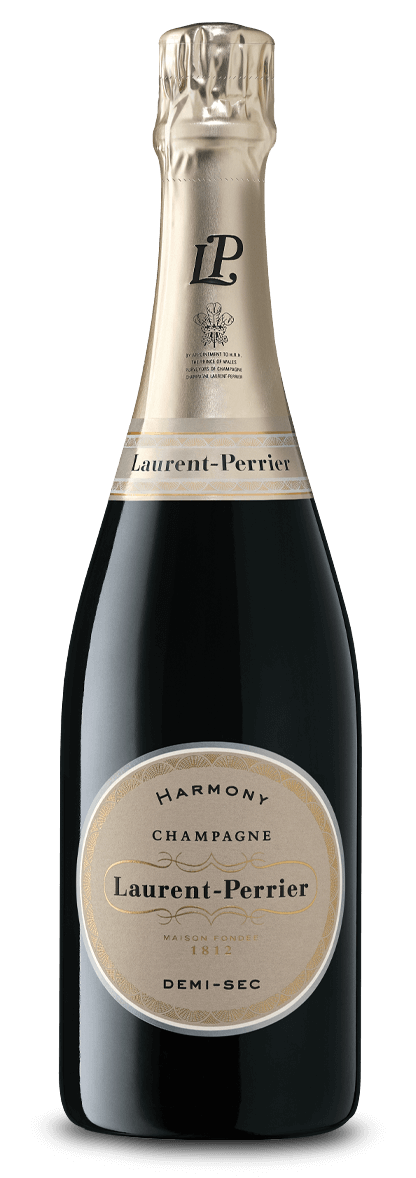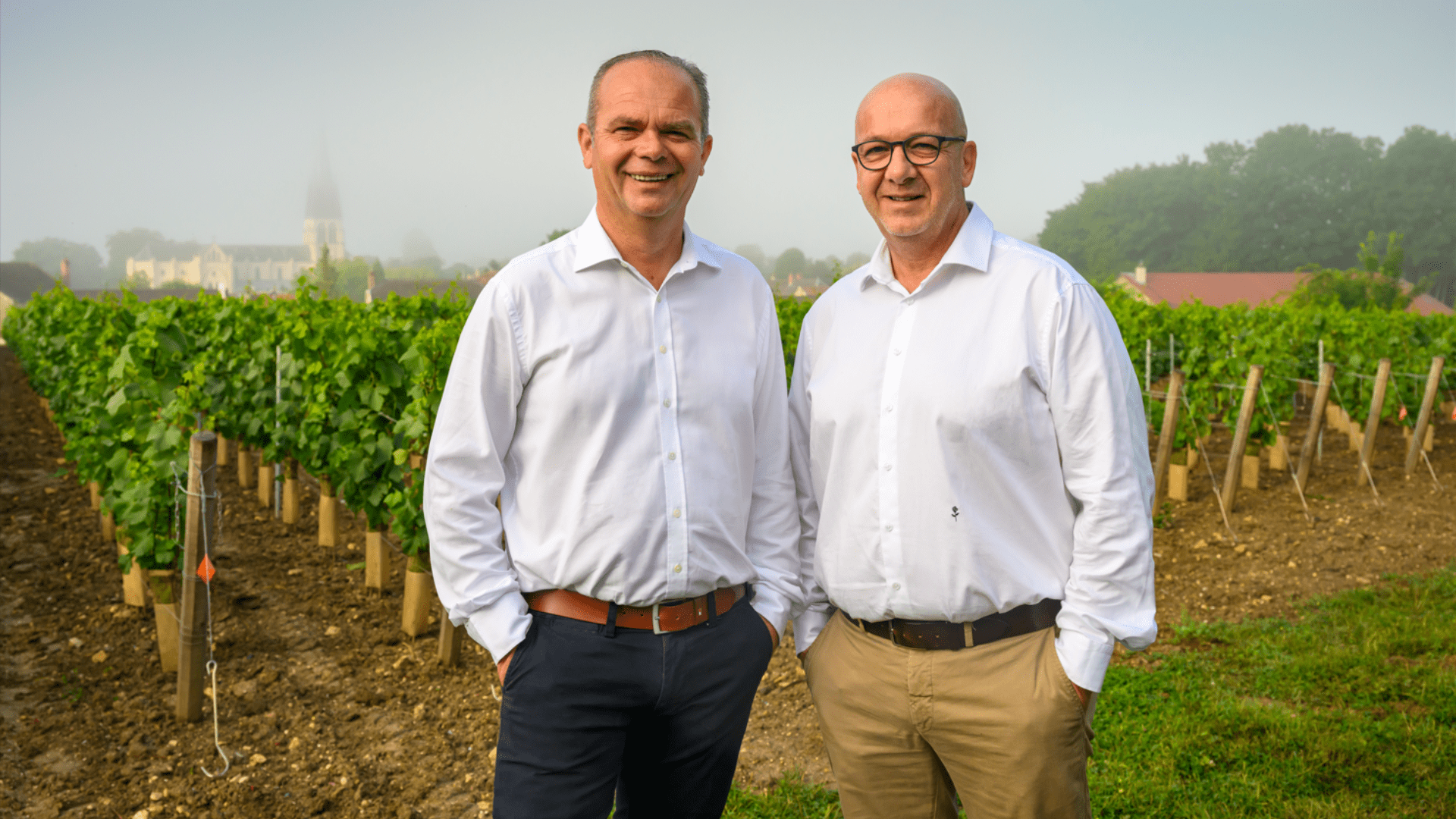
savoir-faire
2023 wine year
July 2023
Emmanuel Robinet, Supply Manager, and Sébastien Cocteau, Vineyard Manager, present the 2023 wine campaign.
After an early 2022 harvest and optimal maturity, pruning work began in mid-November and continued, during a mild winter, until mid-March, in parallel with tying, repair, grinding and planting.
Heavy rainfall in March and April (about 150 mm of rain in 2023 compared to an average of 65 mm over the same period in 2021, depending on the sector) made it impossible for tractors to pass through for further soil work.
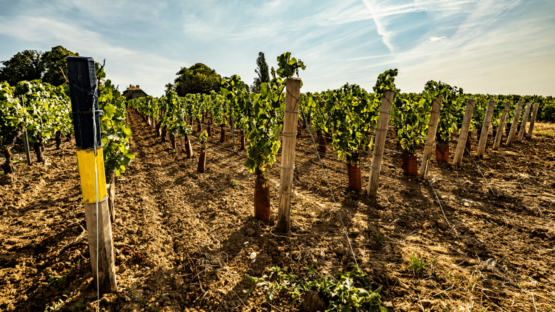
Bud break-up took place from 15 April until 23 April in the later sectors, with a week to ten days behind the 10-year average. The year 2023 will not have been marked by spring frost. From bud break to mid-May, the weather was conducive to the development of late blight with moderate temperature and daily humidity. Between 15 April and 15 May, about 70 mm of rain fell, compared to only 4 mm in 2022 over the same period, depending on the sector. The 2023 campaign therefore began with high mildew pressure, accentuated by the difficulty of finding a lull to treat the vineyard. The second part of May was sunny, allowing to finish the disbudding, to make the first lifting and to resume the mechanical work of the floors.
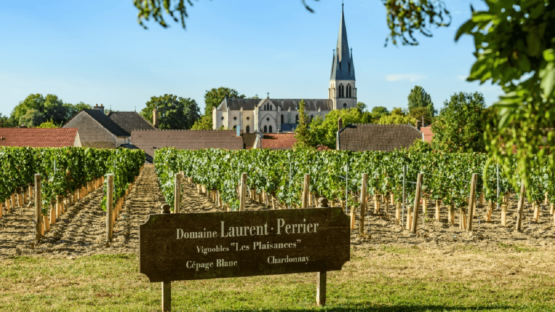
At present, flowering is completed in favorable climatic conditions. The harvest should begin in the first decade of September. To ensure the security and stability of the supply chain, the quantities placed on the market during the 2023-2024 marketing year are set at 11,400 kilograms of grapes per hectare of surface area in production by the Champagne Committee.

Bud break-up took place from 15 April until 23 April in the later sectors, with a week to ten days behind the 10-year average. The year 2023 will not have been marked by spring frost. From bud break to mid-May, the weather was conducive to the development of late blight with moderate temperature and daily humidity. Between 15 April and 15 May, about 70 mm of rain fell, compared to only 4 mm in 2022 over the same period, depending on the sector. The 2023 campaign therefore began with high mildew pressure, accentuated by the difficulty of finding a lull to treat the vineyard. The second part of May was sunny, allowing to finish the disbudding, to make the first lifting and to resume the mechanical work of the floors.

At present, flowering is completed in favorable climatic conditions. The harvest should begin in the first decade of September. To ensure the security and stability of the supply chain, the quantities placed on the market during the 2023-2024 marketing year are set at 11,400 kilograms of grapes per hectare of surface area in production by the Champagne Committee.

